
A program of experiences and guided tours takes conference attendees to places where the urban landscape and local communities have developed forms of adaptation, transformation and resilience. The activities will reveal a Turin capable of reinventing its vocations, from the Middle Ages to the most current contemporary times.
Each visit has a limited number of 30 participants, based on the order of booking.
For information relating to the Congress write to the email address torino2022@aisuinternational.net
Si ricorda che per partecipare è necessario aver prenotato la visita attraverso il modulo di registrazione al Congresso
| Wednesday 7th Sept. 18.00 – 19.30 |
 | A. The Lavazza business center by Rosa Tamborrino The Lavazza business centerLa Nuvola), inaugurated in 2018 and designed by Cino Zucchi, has redesigned a relevant part of the Aurora neighbourhood, combining the construction of a new complex and the recovery of significant industrial pre-existences. The operation, which is framed in a social and urban context dense with tensions and potential, has triggered dynamics of urban regeneration and makes it possible to imagine new spaces and activities for the historic industrial periphery. The visit will be an opportunity to know different aspects of the intervention and to discuss the open challenges of urban regeneration. | Meeting point: Lavazza, via Bologna 32 LINK – GMAPS |
 | B. Looks on Aurora 1. The Poli for the regeneration of the suburbs by Cristiana Rossignolo Aurora is a very complex neighbourhood of Turin, but also rich in human capital capable of triggering small tailor-made urban tailor-made, promoted by the AutoraLab project of the Politecnico di Torino-DISTwww.auroralab.polito.it). The itinerary aims to show some interesting experiences of the rich local associative tissue, activated in recent years to respond to the needs of those who live in the neighbourhood, and who have intercepted the resources of the European project UIA-Tonite. | Meeting point: Cecchi Point, via Cecchi 17 LINK – GMAPS |
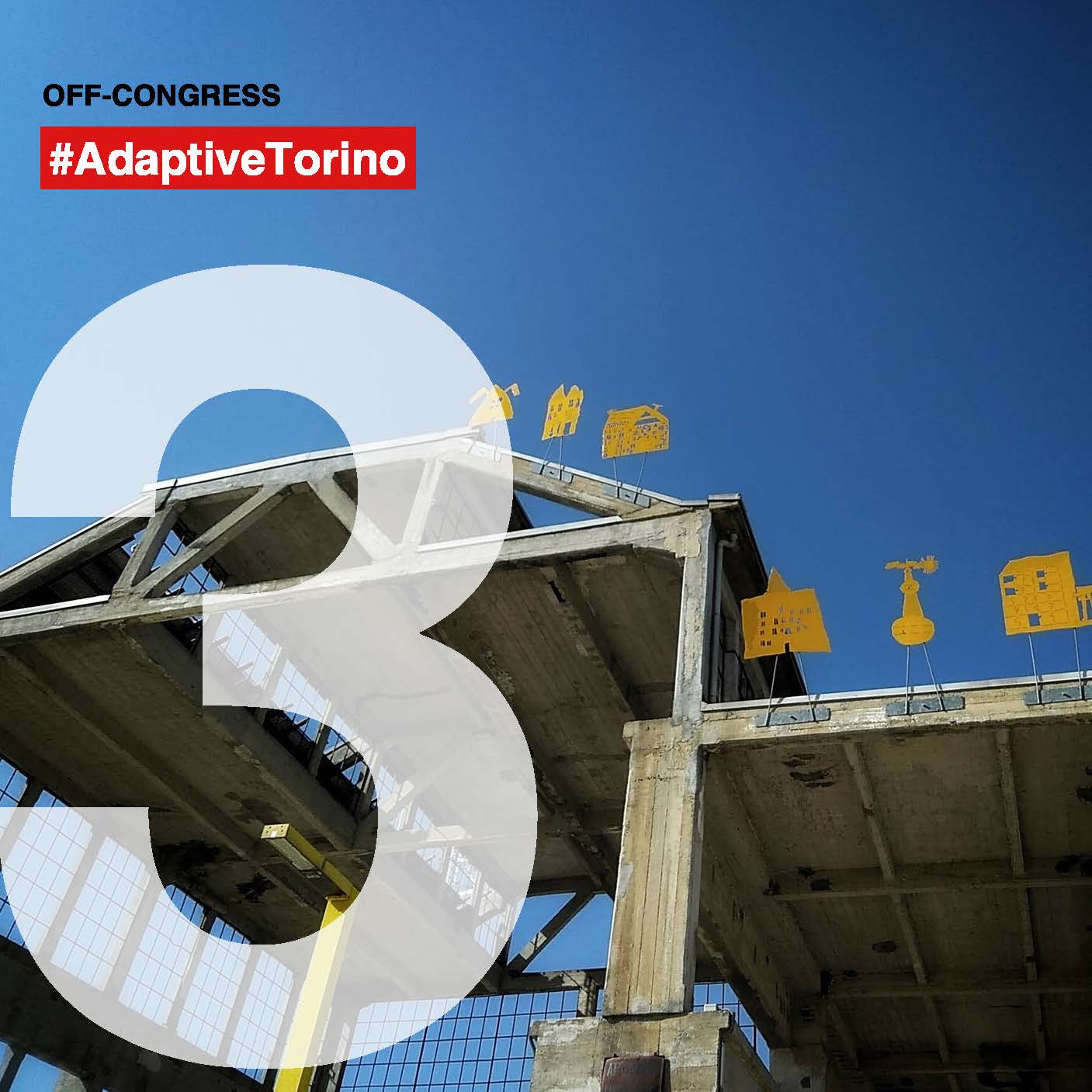 | C. Looks on Aurora 2. Full and empty, between adaptability and flexibility by Francesca Bragaglia Aurora is historically one of the neighbourhoods where twentieth-century industry has most shaped the area. Today several urban voids are testimony to that industrial legacy that, unlike other areas of the city, has not yet found its complete reconversion. The AuroraLab project of the Politecnico di Torino-DISTwww.auroralab.polito.it) has wondered about the ways of adaptive reuse of such spaces, which will certainly impact the face of the Aurora neighbourhoods in the coming years, and the itinerary intends to show the places of the crucial choices yet to be made | Meeting point: Cecchi Point, via Cecchi 17 LINK – GMAPS |
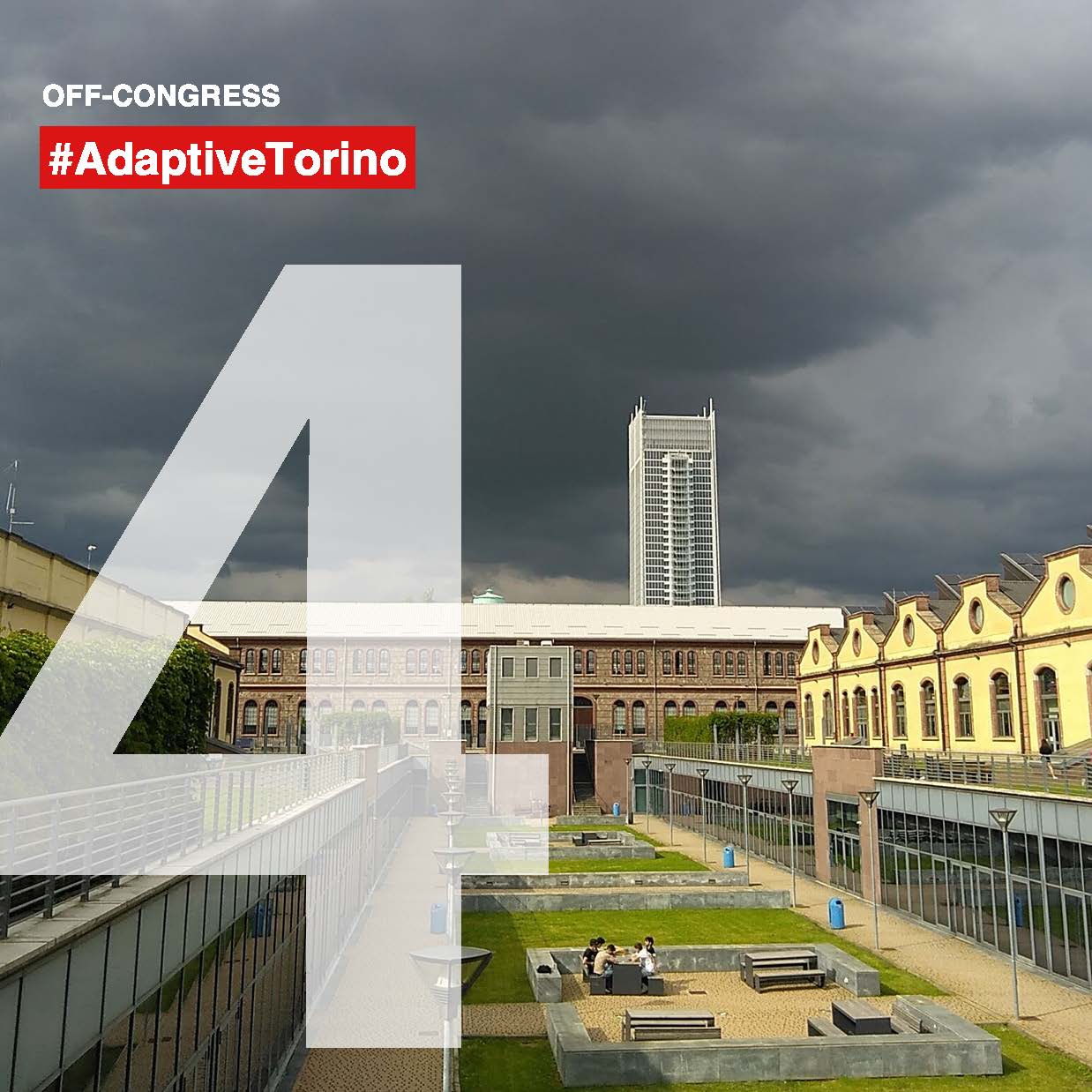 | D. From the doubling of the Polytechnic in Porta Susa. An urban history by INU Giovani Piemonte and Valle d'Aosta group. The itinerary, starting from the areas transformed by the Politecnico in the last two decades and still being transformed, moves to the Officine Grandi Riparazioni, and then arrives to the Intesa-San Paolo skyscraper and the new Porta Susa station, where the visit will end. | Meeting point: Politecnico di Torino, corte aule I LINK – GMAPS |
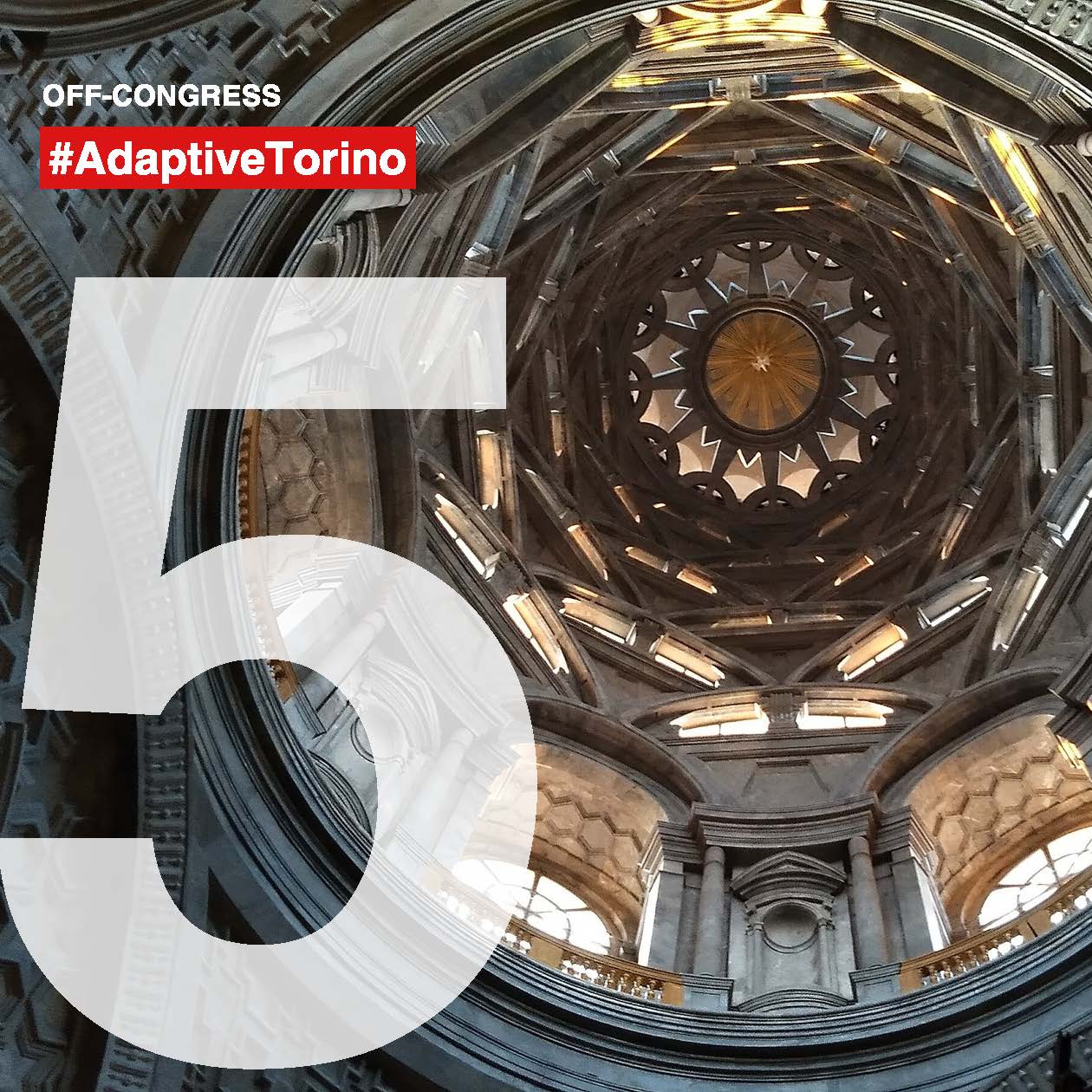 | E. The Chapel of the Holy Shroud by Marina Feroggio and Cristina Cuneo The Chapel of the Holy Shroud, an extraordinary work of engineering and skill brought to completion by the Theatine architect Guarino Guarini (1624-1683), has undergone a long and complex architectural and structural restoration after a fire in 1997 almost completely compromised its preservation. An example of the adaptability of an architecture crucial to understanding the architectural culture from which it sprang. The tour (cost €13 per person, 6 to 6:45 p.m.) will be led by arch. Marina Feroggio, coordinator of the final stages of the restoration project. | Meeting point: piazzetta Reale, inresso Musei Reali LINK – GMAPS |
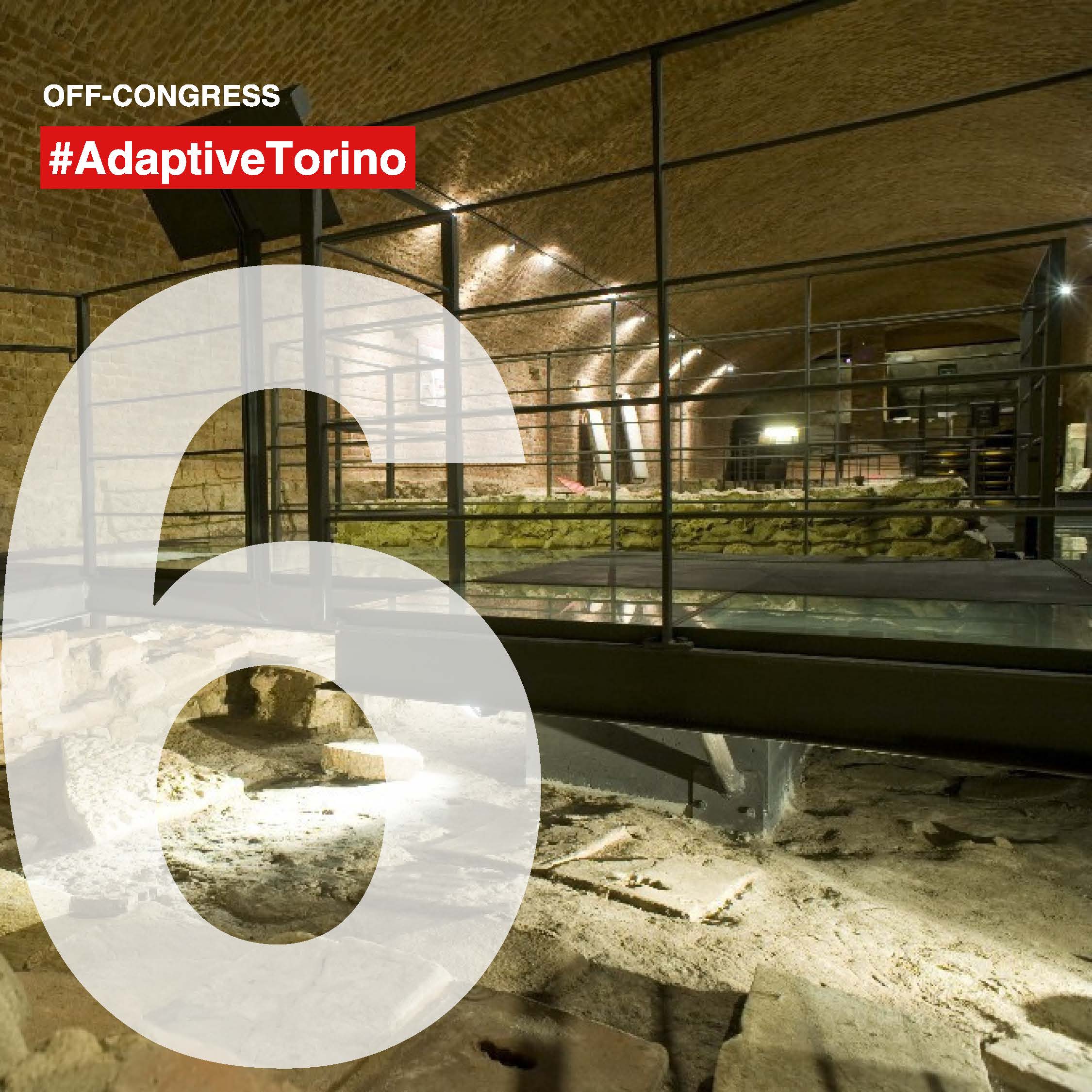 | F. An adaptive and assertive episcopal complex by Andrea Longhi The area below the cathedral and the Royal Palace preserves the stratification of the early Christian and medieval episcopal complex, adjacent to the Roman theater and razed in 1492 to make way for the roveresco building site. The itinerary includes a visit to the archaeological excavations in the lower church of the cathedral (now the Diocesan Museum of Turin: reduced admission €7 per person) and a reading of the adjacent urban spaces. | Meeting point: piazza San Giovanni, ingresso Museo Diocesano LINK – GMAPS |
 | G. Religious heritage in the historic center of Turin: flexibility and adaptations by Giulia De Lucia and Francesco Novelli The dense concentration of religious buildings in the city center is the reason for the beginning, in the last decade, of an adaptive approach to the use of some churches, and the development of different strategies of valorization and reuse of religious heritage, otherwise destined to underutilization phenomena. The itinerary will touch some of the main churches in the historic center of Turin (Santa Chiara, Santi Martiri and others) involved in interventions and investments for adaptive activities to more flexible and varied uses, sensitive to the urban social context. | Meeting point: via Garibaldi angolo via XX Settembre (chiesa della Trinità) LINK – GMAPS |
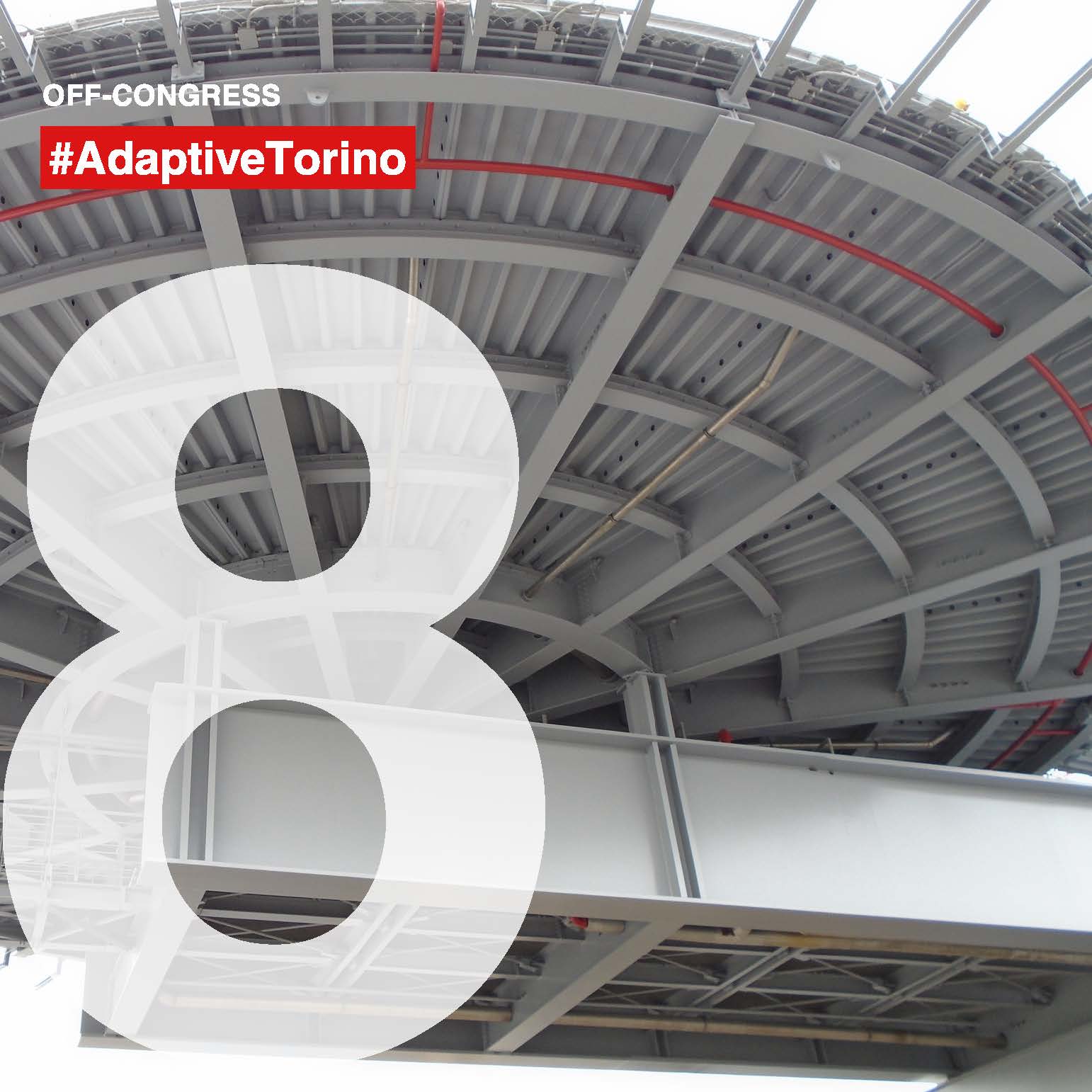 | H. Lingotto, Agnelli Art Gallery and Pista 500 by Filippo De Pieri The Lingotto building and the areas adjacent to it represent a formidable observatory on the crises, transformations and imaginaries of the future that have touched Turin over the past half-century. Decommissioned in 1982, the Fiat industrial complex has been the subject of a complex and layered regeneration program over time. Projects and investments have been focused on the areas near it on several occasions, with a symbolic culmination in the interventions implemented for the 2006 Winter Olympics. Nowhere is it possible to better understand this extraordinary history (even in its contradictions) than from the track on the roof of the building, former symbol of Fordist Turin and recently the subject of a landscaping intervention. The tour (8 Euro per person) includes a guided visit to the Agnelli Art Gallery and the spaces of the track AISU congress registered attendees will benefit from reduced individual admission to the Agnelli Art Gallery and the Runway (€10) for the duration of the congress. | Meeting point: uscita stazione metro 1 “Lingotto” LINK – GMAPS |
 | I. The Valentino Castle. From delitia river court to Royal School of Application for Engineers by Valentina Burgassi, Alice Pozzati and Mauro Volpiano The Valentino Castle was in the 17th century the river villa of the Royal Madame and it was part of the Crown of Delitiewent through extensive transformations in the 19th century. No longer a court residence, it became the School of Veterinary Medicine and then Royal School of Application for Engineers, and became the historic seat of the Turin Polytechnic, modifying its function each time and adapting to the changing needs of time. The 1-hour visit includes a walk through the rooms on the noble floor with its stuccoes and frescoes, the column room, and the chapel on the ground floor, | Punto di ritrovo 1: ore 18:20 presso la Portineria del Castello (a cura di Valentina Burgassi) Punto di ritrovo 2: ore 18:35 presso la Portineria del Castello (a cura di Alice Pozzati) LINK – GMAPS |

